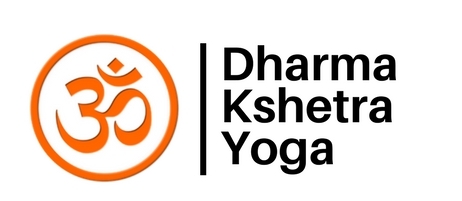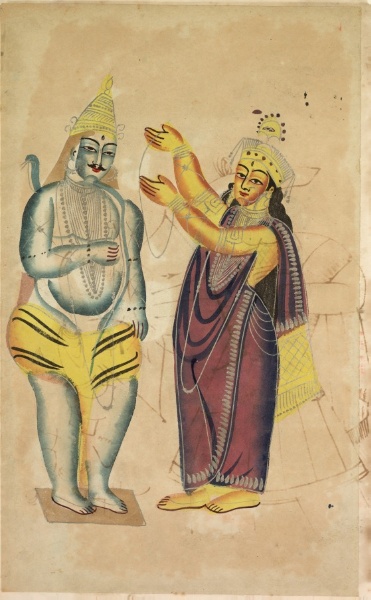Parvati drapes a wedding garland around Shiva’s neck in this work from the collection of the Cleveland Museum of Art
Maha Shivaratri, or “greatly auspicious night”, is considered an excellent time for new undertakings, especially in yoga practice. It is also considered the day when our heart’s wishes are most likely to be granted. Here is why:
Millennia ago, the first yogi, Shiva, married the love of his existence, Sati. Sati’s father Daksha didn’t much care for his wild-haired, mountain-dwelling son-in-law and took every opportunity to make that known. Daksha even threw a huge celebration and invited everyone except Shiva. Furious, Sati decided to confront her father, although Shiva warned her not to go. After a huge argument with Daksha, Sati killed herself by setting herself on fire. Distraught, Shiva plunged himself into a deep meditation that lasted for a very, very long time.
Sati’s love for Shiva was so strong that she was reborn to the king of the mighty Himalayas, taking the name of Parvati, or “woman of the mountains.” Parvati made the arduous journey to Shiva’s home on Mount Kailash, where she tended to his abode with great devotion. After a long while, Shiva finally opened his eyes, recognized Parvati for who she was, and proposed marriage to her. Parvati enthusiastically accepted, and they were wed on the day that came to be known as Maha Shivaratri. Shiva, replete with yogic power and ecstatic at being reunited with his wife, is said to be in a happy and generous mood on his anniversary day, granting favors asked of him.
Thus, if you are looking for the perfect time to begin something new or to make your dreams come true, Maha Shivaratri is that time. You are most welcome to join our annual celebration, which includes special meditations, chanting and kirtan that set you up for success. As Maha Shivaratri is based on the lunar calendar, it generally occurs in February or March - the precise date varies from year to year. Look for the next one on our workshop page!

